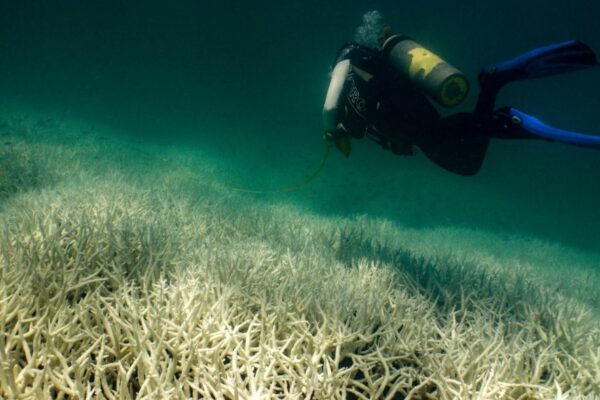Polar Bear Subpopulation can Survive With Less Sea Ice, There’s Good News for Warming Arctic
There should be no polar bears in southeastern Greenland, but apparently, this previously unknown subpopulation of polar bears didn’t get the memo and is thriving despite less sea ice
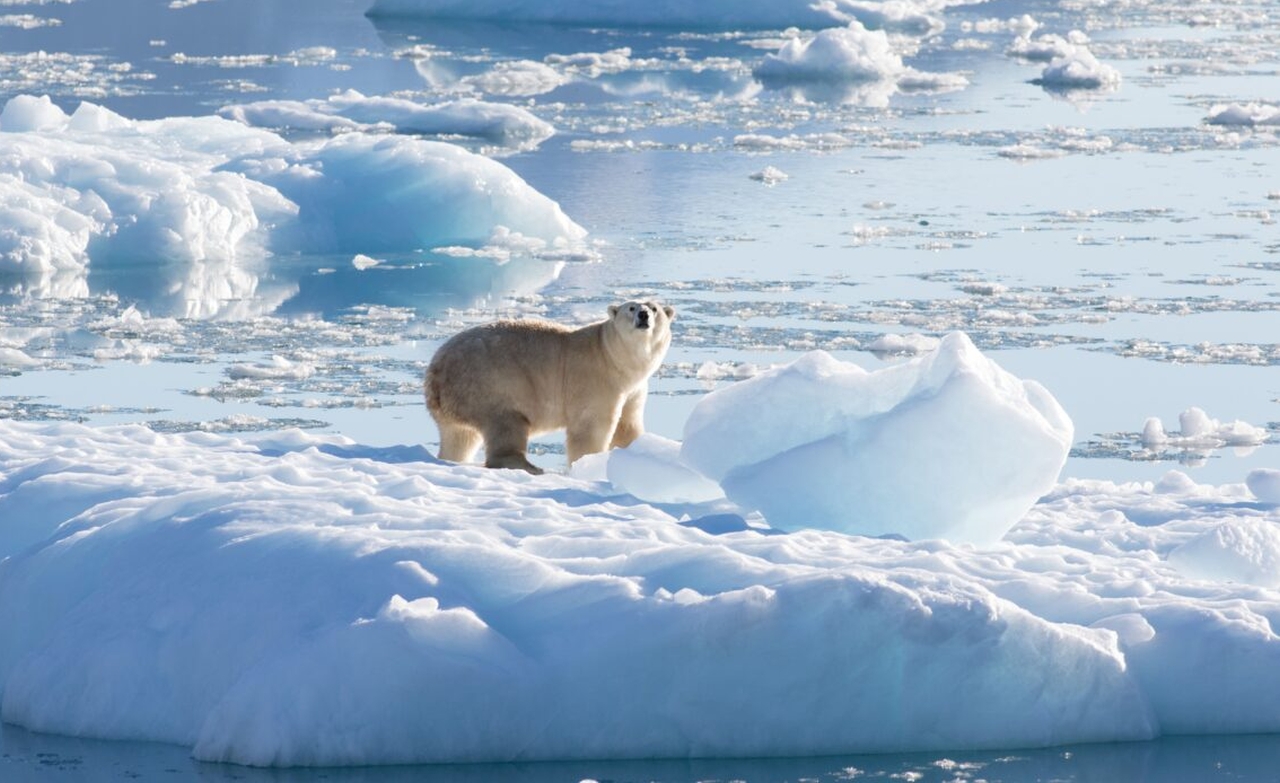
Image: Thomas W. Johansen/NASA Oceans Melting Greenland
During my ritualistic morning scroll through The New York Times, I found a piece of rather good news that made me smile. The news was that a polar bear subpopulation – a group of animals within the same species that are genetically and geographically different – surviving with less sea ice in southeastern Greenland has been recently discovered. Now it has been established that polar bears need ample amounts of sea ice for survival, so what is going on?
Primarily land animals, these beautiful white creatures exist on a diet that almost entirely consists of marine life. With sea ice disappearing, it was feared that these mammals will be pushed over the edge of extinction, until now!
During a government-commissioned study, scientists discovered a previously unknown subpopulation of polar bears living and thriving in southeastern Greenland. Now, you may be wondering why that is so surprising. Here’s why – this Greenland region has been receiving less than four months of sea ice season which is too short for polar bears to survive, which raises the question as to how these polar bears are living there?
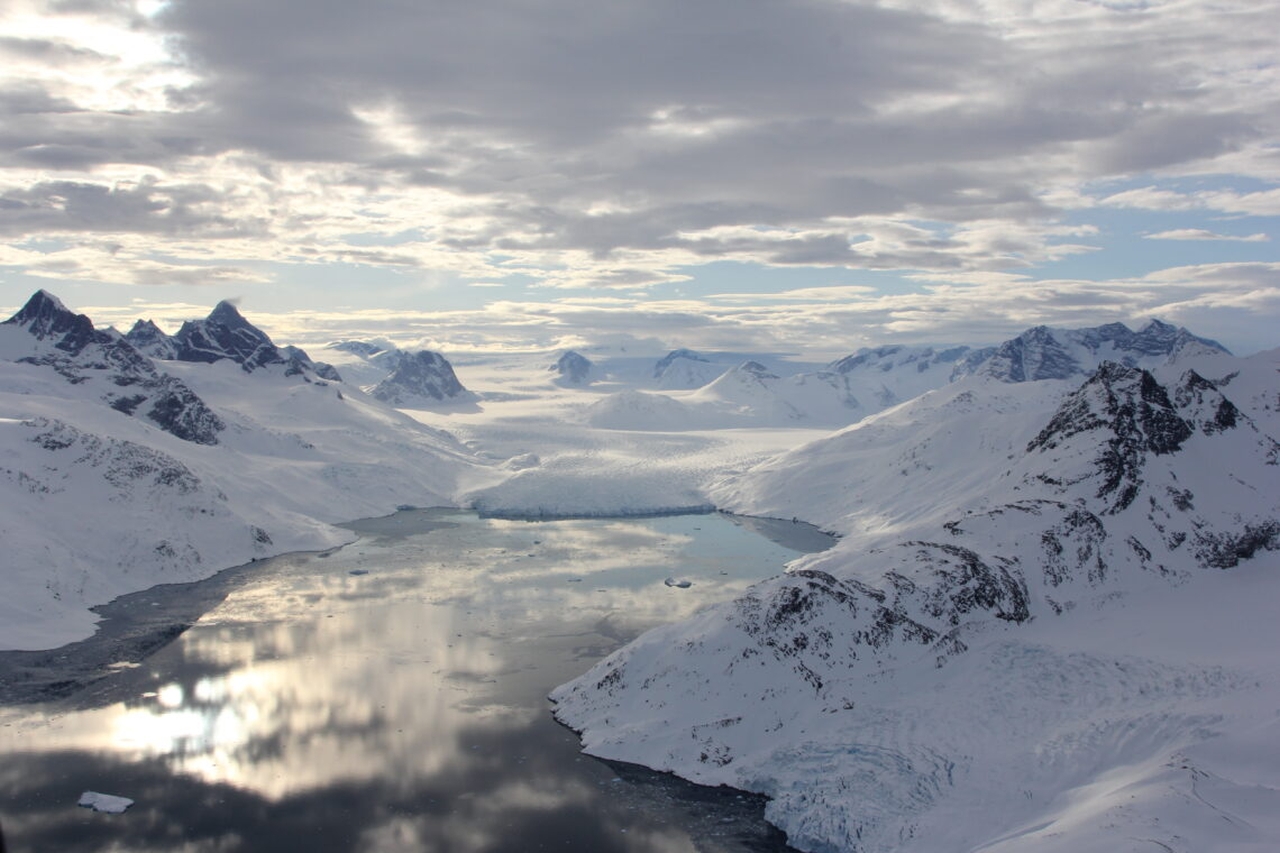
Image: Kristin Laidre/University of Washington
However, this isolated population is genetically different and has uniquely adapted to a less sea-ice environment. Scientists believe that studying this species could throw some light on the future of polar bears in a rapidly warming Arctic.
According to lead author Kristin Laidre, a polar scientist at the University of Washington’s Applied Physics Laboratory;
We wanted to survey this region because we didn’t know much about the polar bears in Southeast Greenland, but we never expected to find a new subpopulation living there. We knew there were some bears in the area from historical records and Indigenous knowledge. We just didn’t know how special they were.
Astonishingly, indigenous subsistence hunters in Greenland have documented the year-round presence of polar bears in fjords of the southernmost region of the island country. The Inuit indigenous people have hand-drawn maps identifying formerly unstudied bears thriving at the foot of glaciers near the uninhibited southeastern hamlet of Skjoldungen-Timmiarmiit.
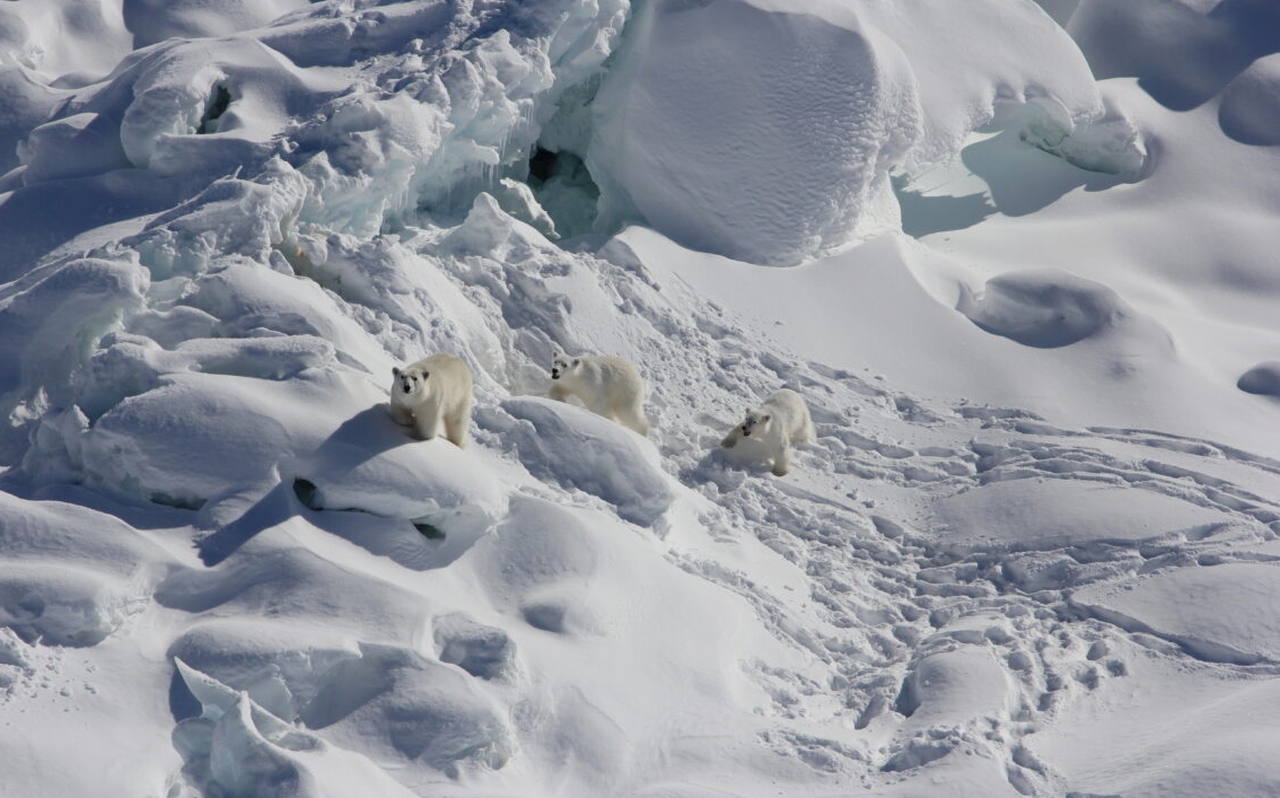
Image: Kristin Laidre/University of Washington
Published in the journal Science, the study offers DNA evidence documenting the difference between a few hundred bears in southeastern Greenland and their neighbors. It makes them the 20th subpopulation of the 26,000 remaining polar bears in the world.
Researchers also acquired tracking data from satellite radio collars on 27 bears that confirmed that this population survives without sea ice for three months longer than earlier anticipated. However, it doesn’t necessarily indicate good news.
It was discovered that the southern bears did not intermingle as much as compared to their northern relatives. A typical bear travels over 900 miles a year across the sea ice, but these southern polar bears cover a range of as little as five or six-square-mile a year. This subpopulation is the most genetically isolated polar bear ever found.
Which begs the question, how did they diverge from their northern relatives? The researchers assume that the southeastern population was established by a small group of individuals that separated from a larger group, and the following generations interbred.
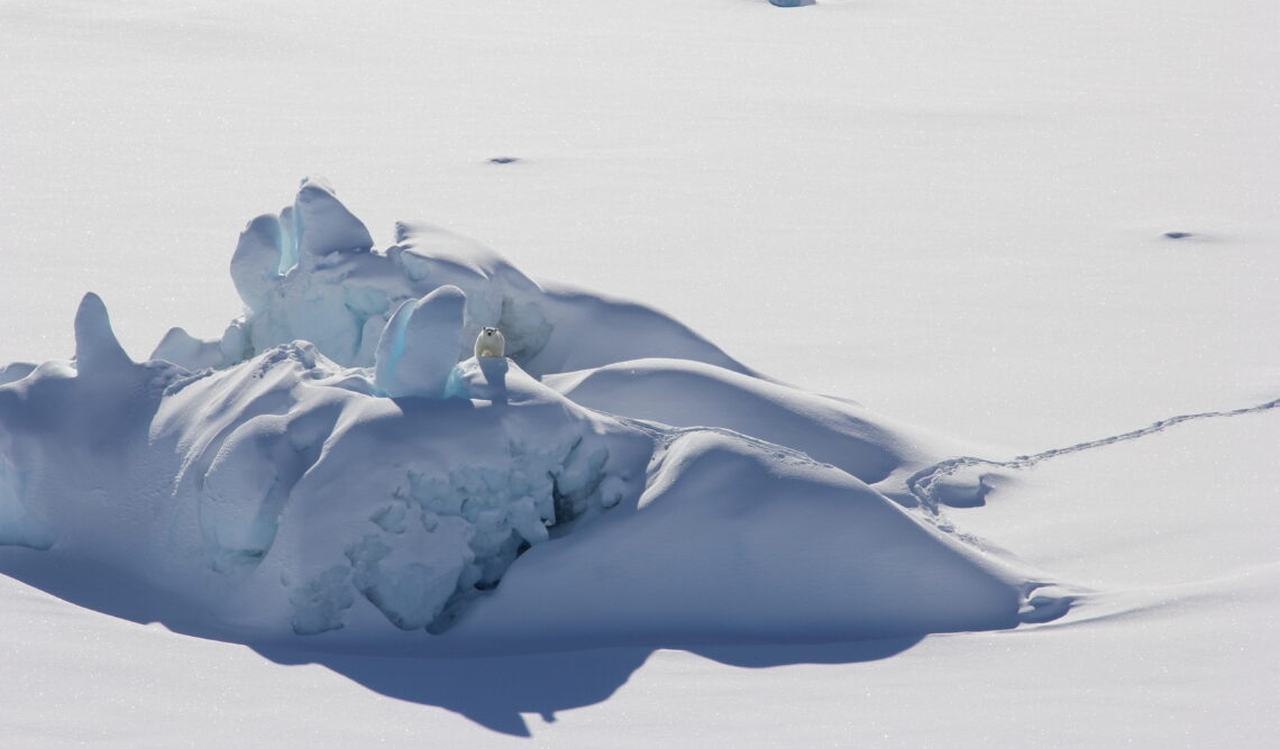
Image: Kristin Laidre/University of Washington
Prof Andrew Derocher, a polar bear expert at the University of Alberta who was not involved in the study, said;
I suspect as the climate continues to warm in the Arctic, this study reflects a pattern that will emerge much more often: declining abundance coupled with low immigration will result in genetically distinct groups of polar bears scattered across the Arctic that with continued warming, will be extirpated over time. The low body condition and birth rate reported in southeast Greenland suggest this group of bears may already be living at the edge of persistence.
Now, I am a glass half full kinda girl, but that doesn’t make me overlook the emptiness of the glass (or rather the speed at which the glass is brimming amid global warming). While the climate change-adaptable polar bears do sound like good news, their habitat loss is a big threat and a reason to worry for the world.
Can all the species adapt to climate change? Can we all escape global warming and the consequential sea level rise? Are we all barreling toward a ‘boiling frog’ future with climate adaptation instead of climate action? There are so many “modern existential” questions and hardly any satisfying answers. Hopefully, we will be able to take concrete actions to prevent global warming and save the planet and wildlife species including polar bears.


